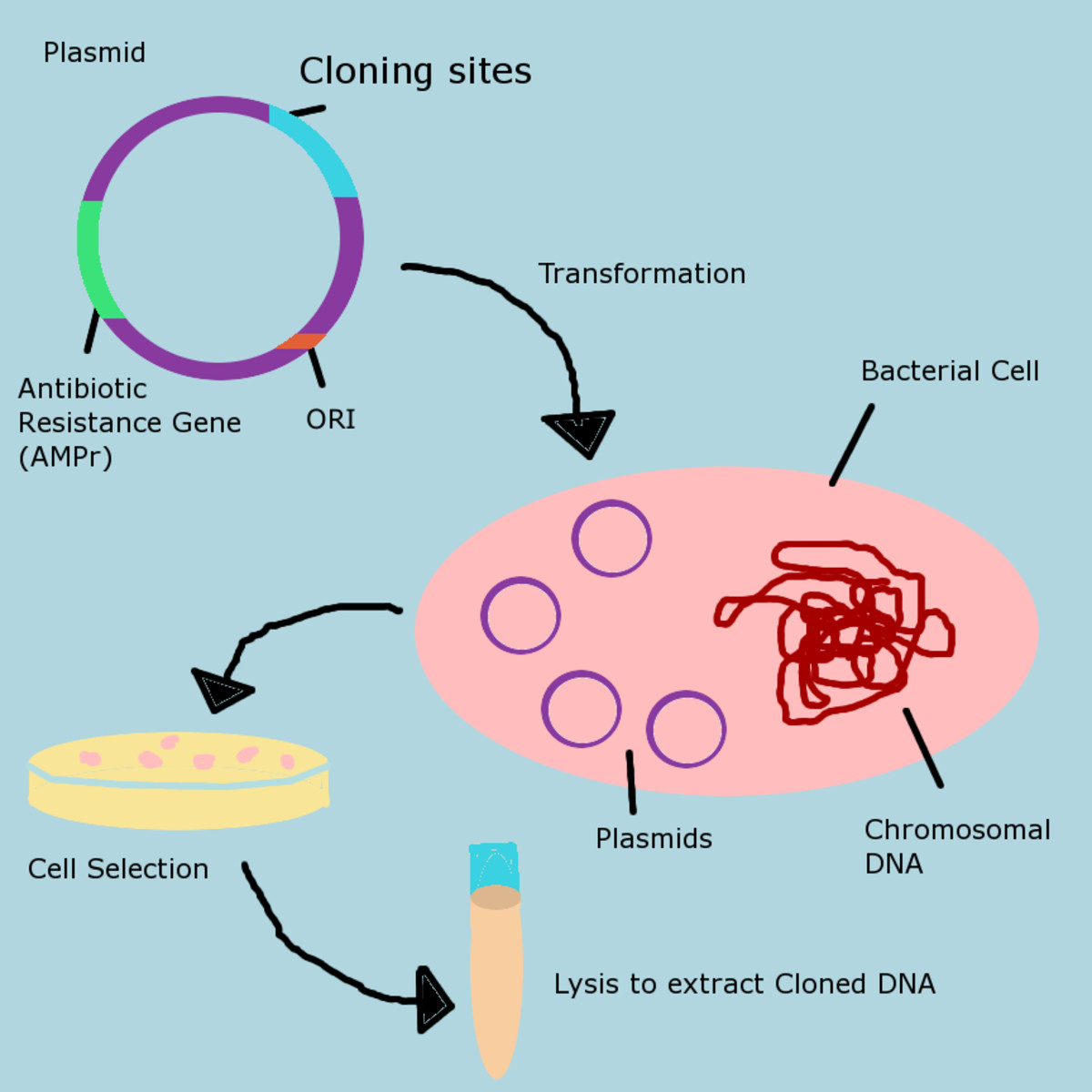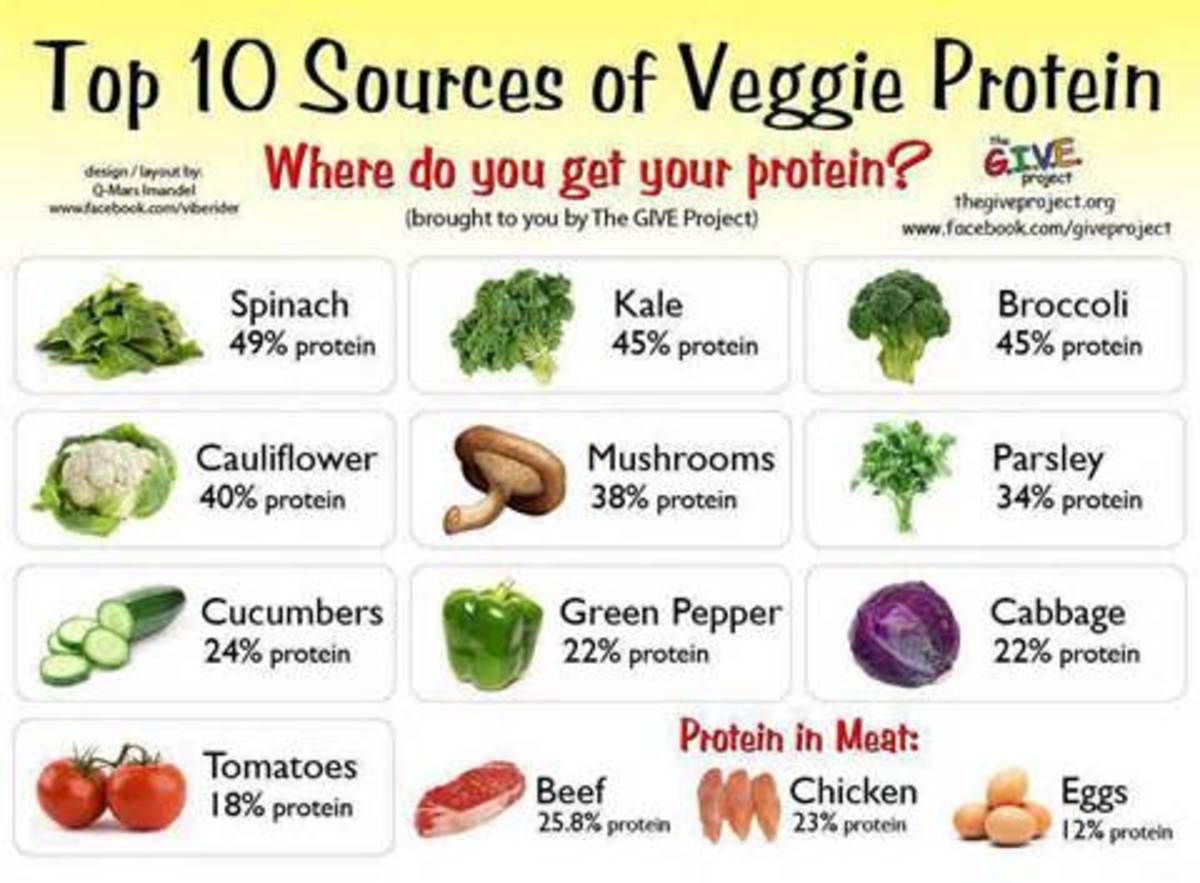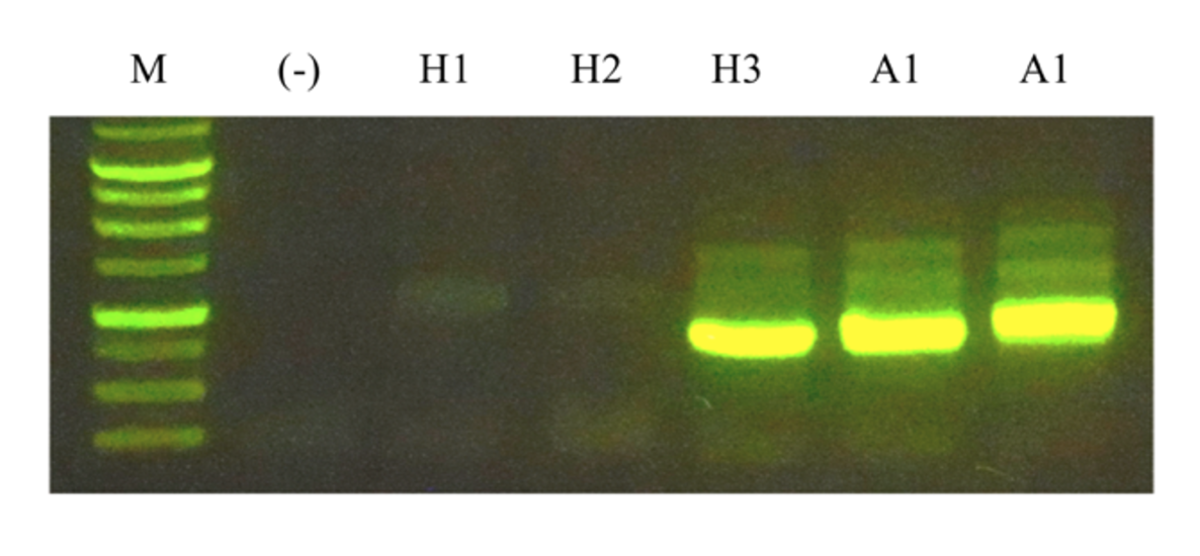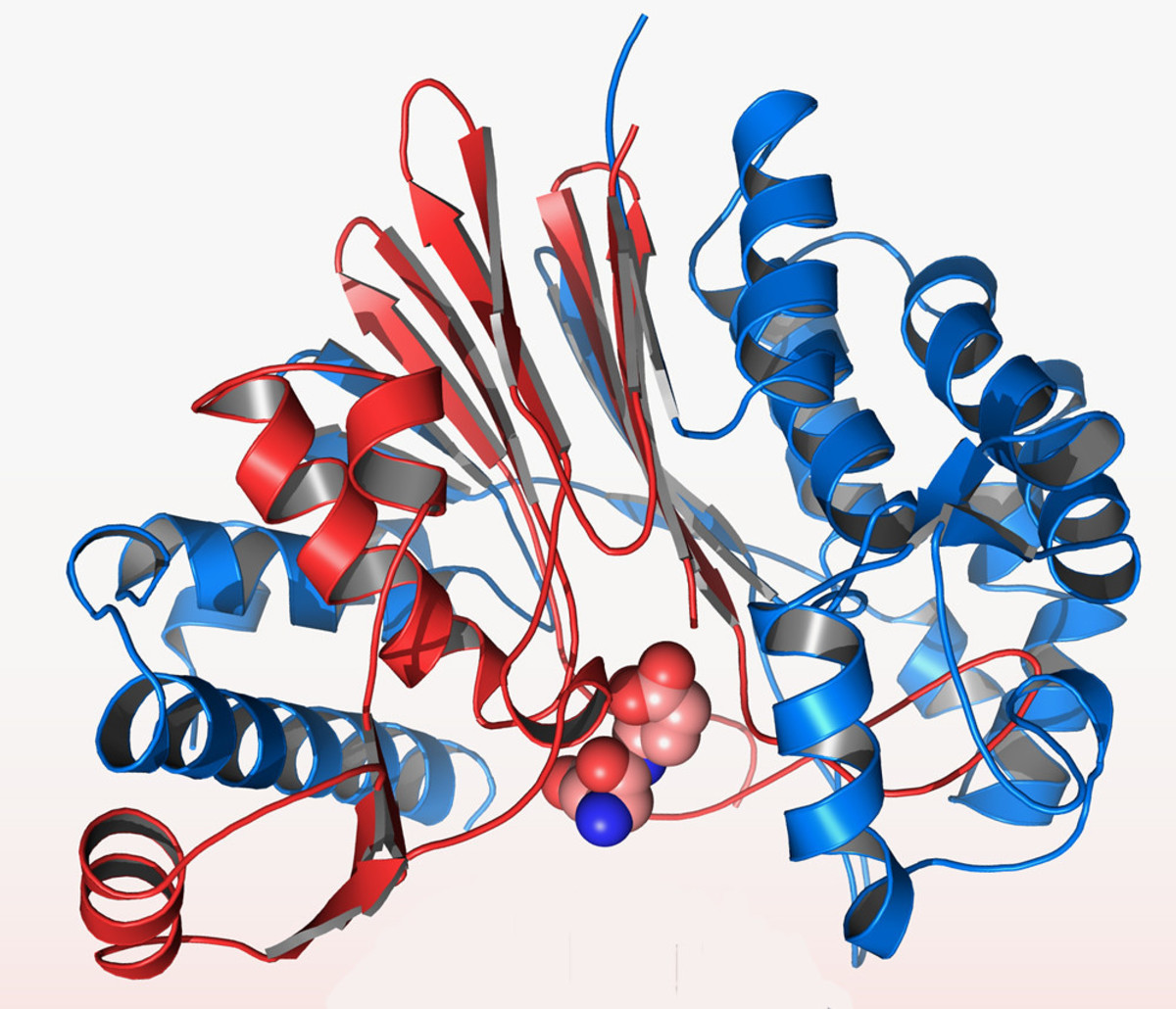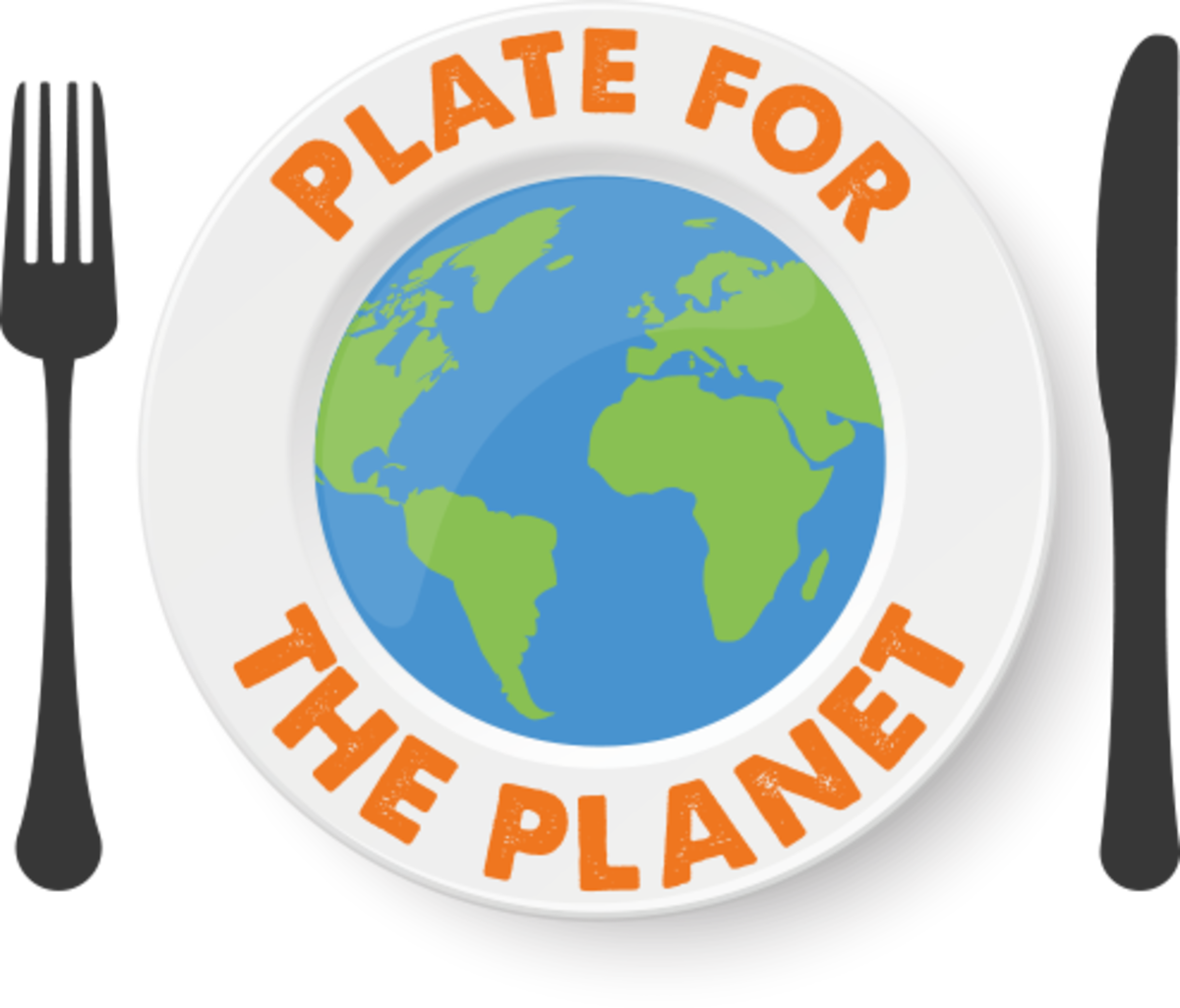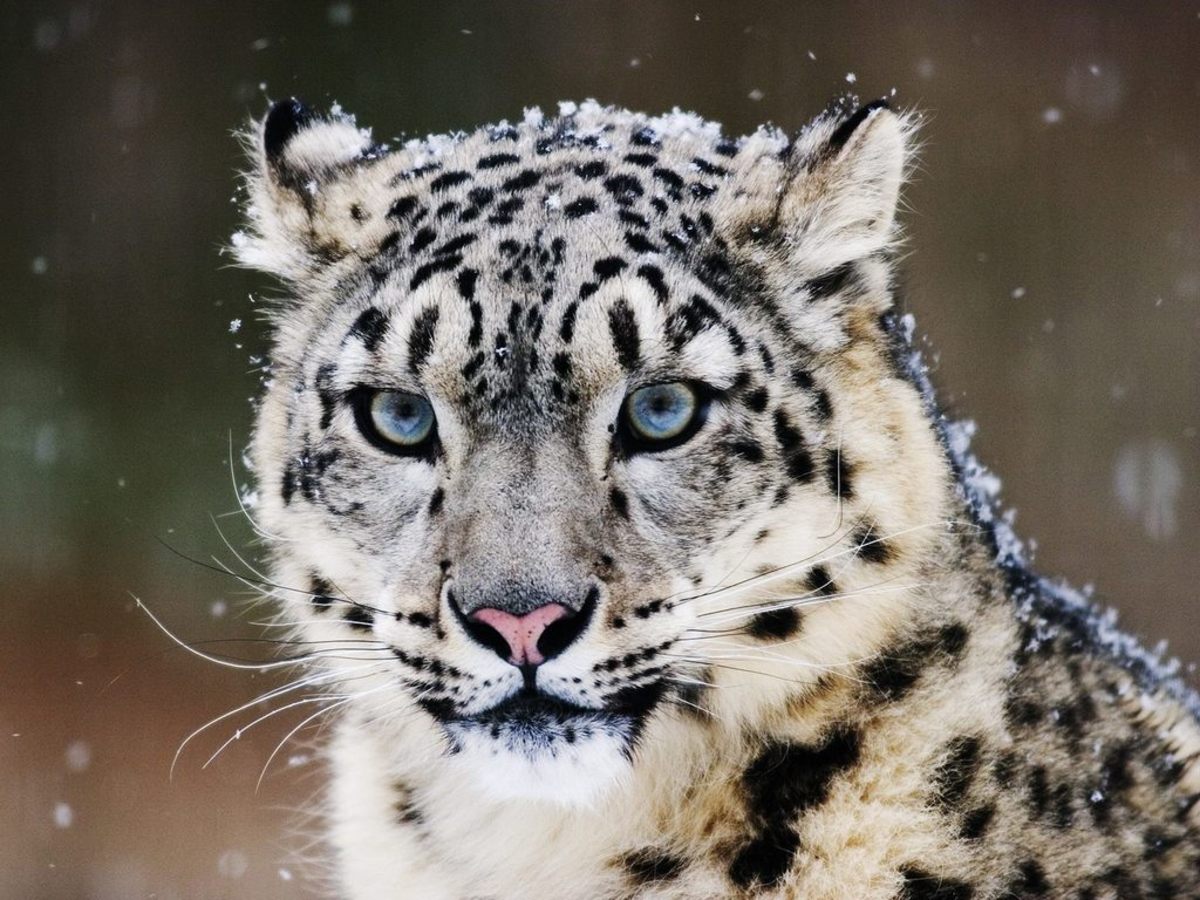The Nature of Change, Part 4
Inside-out
In the last few years it has become increasingly difficult to maintain this complexity, to hold it all together. The energy just isn’t there. Part of me, the lazy part, feels a strong inclination to indulge the bad habits at the expense of the good ones. By not drinking, I am making a conscious decision to do the opposite.
It occurs to me that at 48, I have developed past maturity and am on the brink of senescence. But it need not be terminal. It is possible, I think, to dismantle some of my habitual behaviors, in the process freeing up resources that will enable others to continue developing. At my age the senescence is more psychological than physical. And psychological senescence can be deconstructed, facilitating change.
By abstaining, and by writing about my abstinence, I am deconstructing a destructive behavior. It is psychotherapy, of sorts, but with me being my own therapist. Not always doable, but in this case it seems to be working. I am fortunate to have many allies, both external and internal.
My main external allies are my family, who love me and have stood by me through thick and thin. Through them, by virtue of mutuality, I am granted power that I otherwise lack.
My internal allies are the skills and healthy habits I have developed over the years, which were nurtured in my youth: music, reading, writing, walking, biking, and working with my hands. The more I indulge them, the easier it becomes stay on the wagon.
Success is far from guaranteed however. It’s only been a few weeks, not even two months, and though I no longer fight daily, there are times when the urge to have a drink is damn near overpowering; times when I all but convince myself that I can handle it, just a social nip now and then. But I know better—as I said, I’ve been down that road many times. And, I suppose that fact is yet another ally that I can bring to my defense.
Yes, I am fortunate to have many allies. The only problem is that it can be hard to recognize them when the darkness descends.
Outside-in
An egg is a mature cell. A cell that, left alone, will become senescent and eventually die. If however it is lucky enough to be fertilized by a sperm, it is transformed into a new, immature cell, full of potential; a cell that will, in the right environment, give rise to a complex multicellular organism, a new being made in the mold of its ancestors.
Ontogeny—the developmental transformation of a fertilized egg into a multicellular organism—is one of nature’s miracles. And it is made all the more miraculous by the fact that the transformation reproduces, not an identical copy of the previous generation, but rather a new variant that retains some, but not all, of its predecessors’ characteristics—some taken from the mother, some from the father. Sometimes what is new is an improvement, sometimes not. If we are lucky, our offspring do us better.
Despite appearances, ontogeny is not a smooth trajectory of change. It occurs in a series of stages, each distinct enough to be given a name: cleavage, blastula, gastrula.... And many animals actually live two lives: first as a feeding larva; then, following a dramatic metamorphosis, as an adult. In some animals the only continuity between the larva and the adult is a few cells, and the DNA that they contain.
The solution to the mystery of reproduction is found in the structure of DNA. It holds the memory of our ancestors. It is the reason you have your father’s eyes and your mother’s smile. It is the key to life as we know it.
It works like this:
DNA is made from an “alphabet” of 4 “letters” called nucleotide bases: A, C, G, and T, which are linked into a sequence (just as this sentence is constructed from a sequence of letters), for example the sequence ATGCGATCA. This and other properties of DNA were known before Watson and Crick figured out how it worked. For example, it was known that a given sample of DNA had the same number of As as Ts, and the same number of Gs as Cs; whereas, the A/T content was different from the G/C content. Rosalind Franklin had used x-ray crystallography to measure the dimensions of the DNA molecule. What won Watson and Crick a Nobel Prize was the revelation that there is only one plausible way to construct a molecule with those properties, and that is by specific pairing of the bases (as teeth in a zipper) between each strand of a double helix: A with T, and G with C. The double helix provides a simple way of copying the information held in a strand of DNA over and over, like dubbing copies of a CD. A strand of DNA with the sequence (+)ATGCGATCA(-) will stably entwine only with a strand of sequence (-)TACGCTAGT(+), and vice versa (note that each strand also has an inherent polarity, as indicated by the + and -; and that within the double helix the polar orientation of the second strand is opposite that of the first). If you unzip the two strands of that helix, and use each as a template to make a new double helix by joining letters that happen to be floating around, then you end up with two double helices, each of which is identical to the first! That is how DNA is used to reproduce and transmit memory from one generation to the next, for example when a cell clones itself through a developmental process known as the cell cycle.
How does a sequence of As, Ts, Gs and Cs encode the information used to reproduce an organism? This is where the “genetic code” comes to play. Every three letters in the DNA sequence—ATG for example—is a code specifying an amino acid, another kind of molecular building block. There are twenty different kinds of amino acid, each of which has different chemical properties. Each can also be represented as a single letter: M for methionine, S for serine, R for arginine, etc. Linear chains of amino acids are assembled into proteins, which are complex three dimensional molecular structures that carry out all of the cell’s metabolic tasks (that is, directing the flow of energy) as well as giving it its unique structure. There are thousands of different proteins in a cell, each with a specific structure that suits it to its task. A protein’s structure is determined by its amino acid sequence, which causes the protein to fold into a specific shape. Compared to DNA, proteins are fairly unstable, lasting only a short while, and hence continually need to be replenished in the cell. Not a problem—the cell remembers how to make each one, because the linear sequence of amino acids for each protein is encoded by the linear sequence of letters in the DNA. For example, let’s take the amino acid sequence “MRS”. The amino acid “M” is encoded by the DNA sequence “ATG”; “R” is encoded by “CGA”, while “S” is encoded by “TCA”. A gene is a DNA sequence that encodes protein sequence; for example, ATGCGATCA would be the “gene” that encodes the “protein” MRS. Instructions for assembling each of the proteins that give a cell its structure and identity are thereby held within the cell’s DNA.
But not all of your DNA sequence actually encodes the structure of proteins; in fact, most of it does not. There is another kind of information encoded in the DNA, regulatory information that tells a cell when to make a given protein and how much of that protein to make in order to do its job at the physiologically or developmentally appropriate time. This information is also found in specific DNA sequences in the vicinity of genes (for example, the sequence TAACCG), but instead of coding for protein structure, these sequences are recognized and bound by special kinds of regulatory proteins. When specific combinations of regulatory proteins bind to their preferred DNA sequence, they act as a switch to either activate (turn on) or inactivate (turn off) the neighboring gene, that is, tell the gene whether or not to direct the synthesis of its encoded protein. In other words, the activity or “expression” of any given gene—whether or not it is used to make protein—depends on the set of regulatory proteins that are bound by sequences in the vicinity of that gene. Since this is also true for the genes that encode regulatory proteins, it establishes a system of positive and negative feedback—a mutualistic regulatory network—that is encoded in the linear sequence of the DNA molecule.
During ontogeny, cells acquire different specialized functions: for example a skin cell serves to form a protective barrier whereas a nerve cell serves to transmit signals. These functions depend on the set of proteins that a cell makes: skin cells specialize in making keratin, a protein that forms durable cuticular structures such as fingernails and feathers; nerve cells specialize in making neurotransmitters such as serotonin. Such differentiated cells make their specific protein products while retaining the same full complement of DNA that they inherited from the fertilized egg. They do this by using or express different sets of genes. This differentiation is orchestrated during ontogeny by a regulatory program encoded in the DNA, which differentially switches genes on and off in a way that is logically contingent upon signals provided by the predictably changing environment experienced by each cell. By encoding the information that determines both the structure of proteins, and the developmentally contingent time and place for the deployment of each protein, DNA holds the memory of how to reproduce an organism as complex as a human being from a single cell.
The canonical stages of development—immature, mature, senescent—are generally associated with the life cycle of a single individual: babies and children are immature; adults are mature; and old folks are senescent. In actuality however, developmental trajectories manifesting stages of maturation occur repeatedly, and at many different levels, throughout ontogeny and the lifetime of an individual. An egg is the mature culmination of a developmental trajectory known as ‘oogenesis’, which begins with an immature stem cell. A blastula is the mature culmination of the developmental trajectory known as ‘cleavage stage’, which begins with an immature zygote; a gastrula is the mature culmination of gastrulation, the developmental process that transforms a hollow ball of cells into an animal with a gut and rudimentary internal organs. Each of these ontogenetic ‘subtrajectories’ avoids senescence by launching a new developmental trajectory; for example, the egg launches the zygote, a blastula launches gastrulation. The program that orchestrates the concatenated sequence of ontogenetic subtrajectories is recorded in the genome.
I imagine there was a time when our ancestors were clonal colonies of cells, having little more organization than an inside and an outside. Some of these colonies would have been hollow balls. At this early stage of animal life, the ontogenetic trajectory that produced such a colony would resemble that which produces a blastula in modern animals, but it would end there, with the colony eventually entering senescence. The colony would have the capacity to transcend senescence only by reproducing itself, either asexually by budding off new colonies (‘cloning’), or sexually by making gametes (sperm and eggs).
It is more difficult to imagine how simple colonial creatures—animals that amounted to little more than sponges—could have given rise to the more sophisticated animals that eventually came to dominate the planet. But it must have involved formation of a digestive system (a gut), for digesting food, and a nervous system, for finding food; and it must have occurred during the reproductive phase of a life cycle. In fact, evolutionary change often seems to occur through pedomorphosis: when a new species resembles the immature form of its ancestor. Thus, one might expect that it wasn’t sponge-like animals that gave rise to their more sophisticated descendents, but rather, the immature offspring of sponge-like animals; that is, their larvae.
The ubiquity of pedomorphosis as a vehicle for evolutionary change makes sense from a developmental perspective. Novelty arises from immaturity; mature and senescent forms are too busy making a living and maintaining themselves. Nonetheless, at some level, mature or senescent systems do play an important role: they provide a relatively stable environment that facilitates reproductive experimentation.
But, you might ask, if the ‘ontogenetic program’ is recorded in DNA, how can one species give rise to another? How can there be any evolutionary change? And that is a good question.
The conventional answer is that evolutionary change occurs through genetic mutation. And that is true (at least in the modern world), but it doesn’t get us very far. What we really want to know is what kinds of genetic mutations facilitate the production of new forms, as well as adaptive change.
This, I think, is where evolutionary biology as a historical science runs into a bit of a problem. For while we can do laboratory experiments to test hypotheses concerning microevolutionary adaptation, we cannot do an experiment that reproduces the Cambrian Explosion. At least not with our current technology.
Historical analysis is nonetheless a scientific endeavor, as long as its propositions are rational and empirically testable. And sometimes all that is needed to break through an intellectual impasse is an examination of fundamental assumptions.
One of the assumptions that Darwin made in his formulation of evolution by means of Natural Selection was that things worked the same way in the past as they do today. The assumption of uniformitarianism was advanced by geologist Charles Lyell (Darwin’s mentor) to explain formation of rock. Darwin noted that animal breeders, by selecting for specific traits, can bring about dramatic changes in the appearance of a species. Given the immensity of geological time, he reasoned (assuming uniformatarianism) that a similar process of selection, carried out by Nature as a result of competition for limited resources, could cause similar change in phenotype, and even lead to the transformation of one species into another. And this is a powerful argument, one that in its essentials still holds sway 150 years after its initial formulation.
But is uniformitarianism a valid assumption? I think, upon examination, that we have to say no; or at least, not always. Just as Einstein’s reformulation of astrophysics overturned certain Newtonian assumptions, a reformulation of biology overturns this pillar of Darwinism.
The reformulation begins with ecology, which is the context for Darwinian Natural Selection. Organisms compete with one another for finite resources within ecosystems. But like everything else, ecosystems develop. The ecosystems of pre-Cambrian earth were very different from the ecosystems of today. Cambrian ecology, with its myriad novel forms, was relatively immature. One might also surmise that the genomes of Cambrian animals, which carried the ecological memories of their ancestors, were in this context also quite immature. It seems likely that ontogeny was far less genetically constrained than it is today, more epigenetic than genetic. If so, the uniformitarian assumption is overturned.
A well-known corollary of development is a progressive loss of developmental potential, which often translates as a loss of diversity. Immature systems have far more potential than mature systems. The immense diversity of body plans in the early Cambrian is a sign of the immaturity of early Cambrian ecology.
Similar explosions of diversity followed by progressive winnowing have occurred repeatedly in geologic history, following mass extinctions. A mass extinction can be viewed as the death of a mature or senescent ecosystem. The one that arises from the ashes is immature, and develops over eons to maturity.
However, what constitutes the immature ecology after each of these episodes is derived from, and hence contingent upon the development of, its predecessors. And these have more evolved genomes than did their predecessors, which is why we don’t see repeated Cambrian explosions. The arrow of time is unidirectional.
It is easy to imagine that, following a mass extinction like that which occurred at the end of the Mesozoic era (the age of dinosaurs), the survivors were presented a relatively level ecological playing field: a whole new ‘selection regime’. To be sure, resources were scarce and life was hardship, yet there was a wealth of opportunity. But the surviving genomes were products of the past, still tuned to the old regime. How would they take advantage of this opportunity?
I expect that the survivors of mass extinctions, the progenitors of the new regime, tend to be ecological ‘generalists’: opportunist species that exploit multiple niches and are thus able to make a living in a variety of different ways. Ecological ‘specialists’, which thrive in mature ecosystems (and indeed, are a manifestation of ecological maturity), don’t have the wherewithal to survive when the basis of their specialty collapses. The difference between generalists and specialists is that the former have the ability to both recognize and take advantage of opportunity. So one might then ask: do generalists have different genomic characteristics than specialists? If so, this might be the very thing that potentiates genomic evolution following a mass extinction.
One genomic characteristic that might be associated with generalism is redundancy, when you have more than one gene of a particular type or dedicated to a particular function. It would be interesting to compare the genome of a generalist species to that of a closely related specialist species; the former might be predicted, in general, to be somewhat larger than the latter, and to harbor more redundancy. To my knowledge this experiment hasn’t yet been done. We do however have some historical evidence for such a scenario. The entire class of vertebrates—the group to which we belong, which arose to prominence after the Cambrian Explosion—was born with a twice duplicated genome, that is, with four-fold redundancy. This was the unformed modeling clay sculpted by the evolution of fish, amphibians, reptiles, birds, and mammals.
Pure redundancy is not tolerated for long, as it is sacrificed in the name of efficiency as the selective stricture of the One Law becomes manifest. But redundant genes can quickly gain non-redundant functions, not only through mutations that change the structure of the proteins they make (which is relatively difficult), but also through mutations that change the regulatory code that controls their developmental pattern of expression (i.e., the ‘cis-regulatory’ sequences that control the time and place that genes are expressed during ontogeny or in physiology). One might guess that generalists have a more versatile gene regulatory repertoire, which could make them more physiologically adaptable, and perhaps more developmentally plastic as well. In any case, it is clear that macroevolutionary change in animals is, to a large extent, fueled by changes in gene regulation.
Another genomic characteristic that one might expect to find in at least some generalist species is a mechanism for generating pedomorphic characters. Generalists are, by definition, less mature than specialists. I would think that pedomorphosis would require some deconstructive mechanism; or at least, a mechanism for putting the brakes on development. One such mechanism that has been discovered only recently involves ‘micro-RNAs’—a class of short RNAs that specifically recognize, through base-pairing (A with U, G with C), ‘messenger RNA’s that encode protein structure. In doing so, they block expression of that protein. Interestingly, micro-RNAs are often used to facilitate major transitions in ontogeny, for example, blastula to gastrula stage. They do this by rapidly shutting off the expression of genes that were involved in the development of a previous stage, but which get in the way of development of the following stage. In a sense, they are a deconstructive mechanism. And interestingly enough, recent studies are beginning to suggest that major expansions of the genomic repertoire of micro-RNAs are correlated with the evolutionary birth of new groups of animals.
A more well-known genetically-encoded mechanism of deconstruction that is commonly used in animal ontogeny is apoptosis, a highly choreographed form of cell suicide. Apoptosis is used both for the winnowing that takes place during maturation, for example, culling of neurons during development of the nervous system; and also to facilitate a transcendence of senescence into immaturity, for example, in the large scale tissue deconstruction that occurs during metamorphosis in animals that develop indirectly via a larval stage. In the latter cases the net effect of apoptosis is to free up energy resources locked into maintaining the structure of a senescent system, allowing those resources to be used by a nascent, immature system.
In short, development to maturity and into senescence occurs over and over and at many levels during ontogeny, and during the life of an individual. Deconstructive mechanisms facilitate the launching of new, immature systems from mature or senescent platforms, and the whole thing is choreographed by a program encoded in the genomic DNA sequence. An egg is a mature cell, the spent end of a developmental trajectory; if left alone, it will senesce and eventually die (or in some cases, commit suicide). If it is fertilized by a sperm however, it deconstructs, giving rise to a new, immature being with vast developmental potential.

